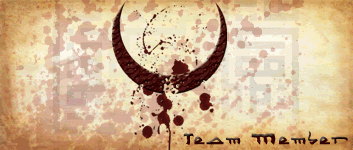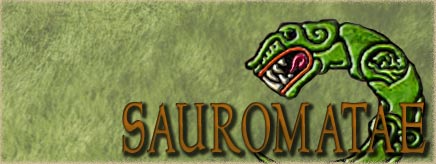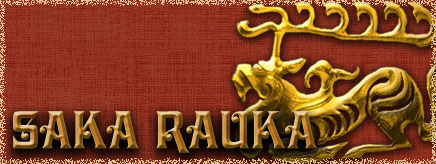Its sad to see the forum devoid of lively debate about historical controversies. I suppose that will change when EB2 comes out and people start posting about where the LS has gone.
To address this (and because I'm doing research for some art) I've decided to revive the age old Boxers/Briefs debate of how Hoplites in a phalanx formation held their spears. Did they do underarm or overarm or both? It seems like the general consensus seems to be on overhand when in their tightly packed formation but some modern scholarship seems to argue otherwise (Storm of Spears which I'm waiting to arrive form amazon as I write this).
As far as I can recall, the primary arguments for overhand/underhand in phalanx are:
Overhand:
-You can stab down past the shield into the neck and shoulders of your opponent
-You can interlock your shields
-You avoid accidentally stabbing your own guys in the nuts with the Dory's buttspike.
-Other cultures existing in different times who used interlocking round shield walls are depicted using overhand technique (Normans in the Battle of Hastings Tapestry)
-Other cultures who didn't use interlocking shield walls also used overhand techniques
Underhand:
-Less tiring
-Can Parry
-Can Brace the spear against the ground against cavalry
-Frontal damage to armor from the period (of course if you are overhand, you try to stab past the shield and breastplate).
Both:
-There are things that underhand are good at and there are things that overhand are good at
-Both are depicted in classical period art frequently
My current opinion is that overhand was used predominantly in the phalanx with underhand used for specific situations (cavalry charge) but that might change when I read Storm of Spears. Otherwise, underhand and overhand were probably both quite common in single combat because there are advantages to both. The Illiad contains many instances of single combat between heroes and the fatal wound distribution seems fairly even. I guess Diomedes stabbing Aphrodite, trying to kill Apollo, and impaling Ares with a spear doesn't count.
Is there anything I missed?






 Reply With Quote
Reply With Quote From The Blacksmith, d'Arthez and The King for my Keltoi reproductions and dressing up.
From The Blacksmith, d'Arthez and The King for my Keltoi reproductions and dressing up.











 -Silentium... mandata captate; non vos turbatis; ordinem servate; bando sequute; memo demittat bandum et inimicos seque;
-Silentium... mandata captate; non vos turbatis; ordinem servate; bando sequute; memo demittat bandum et inimicos seque;








 ) so it seems strange that would effect his testing in such a way. It is possible that someone with practice could be far more efficient with the overhand thrust than someone with little experience in an underhand attack. But a underhand attack may be easier to learn and use efficiently, even if an overhand attack with practice may be better (or not, given highest force was the same for both attacks).
) so it seems strange that would effect his testing in such a way. It is possible that someone with practice could be far more efficient with the overhand thrust than someone with little experience in an underhand attack. But a underhand attack may be easier to learn and use efficiently, even if an overhand attack with practice may be better (or not, given highest force was the same for both attacks). 
Bookmarks